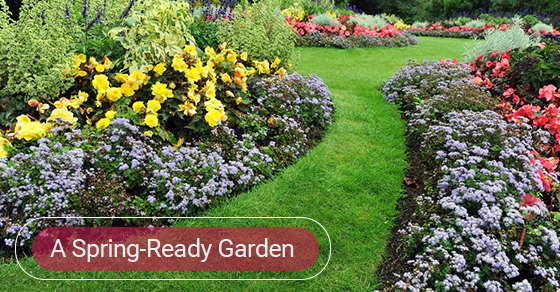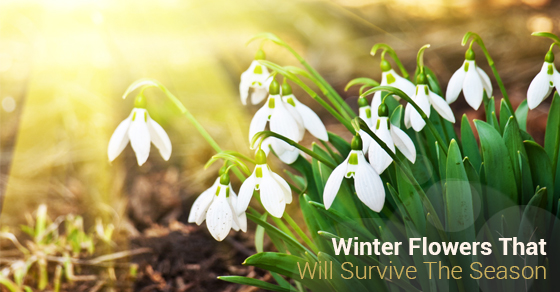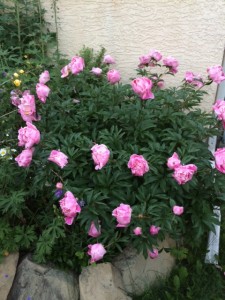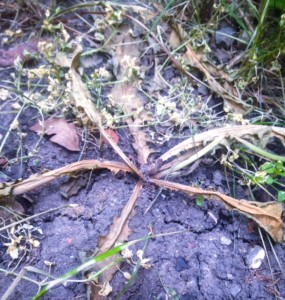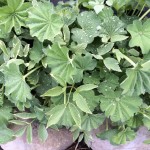How To Master The Art Of Edible Landscaping
Landscaping doesn’t always have to be a purely aesthetic exercise. Your garden can potentially supplement your food diet and help you to live a healthier lifestyle (not to mention reduce your food bill). Hence the reason why it is good to master the art of edible landscaping. Your garden can have a variety of produce: fruits, herbs and vegetables. Depending on what you plan on growing, you can try different methods and styles. This is a chance for you to be quite creative with your garden.

Vegetable Gardens
Vegetable gardens do not have to be bland; they can be both practical and stylish. You can plant certain vegetables together according to their looks. For example, cabbage and cauliflower go very well together due to their colours. You can plant them in blocks and clusters as opposed to traditional rows. You can also plant them inside containers and boxes.
If you are worried about shade, there are lots of vegetables that grow well without direct exposure to the sun: cabbage, cauliflower, garlic, lettuce, spinach, beans and radishes are all options for you.
You can plant your vegetables in all sorts of spaces. Pole beans, for example, can be planted along arbors and fences.
Fruit Trees
The idea of growing fruit trees might seem a bit impractical if you don’t have a lot of space to work with. But there are now miniature fruit trees commercially available, so it is possible to enjoy fruit even if you don’t have a huge backyard. They can be grown in barrels or pots. Strawberries can be used for edging by just planting them around the flower beds. Strawberries are especially beautiful in spring as they grow white flowers that become russet in fall.
Herbs
Herbs are well known for their medicinal and nutritional benefits, but don’t discount their decorative ability. Herbs now come in a variety of colours other than traditional green and can make good foliage for your garden. Rosemary is a popular herb that can add some flavour to your garden. If you are looking for something that can withstand hot and dry weather then thyme would be a good bet. Not only is it a good plant for groundcover, it also exudes a fragrant smell.
Herbs can be mixed well with flowers and interior decorations. Some examples are basil, tarragon, plants and chives.
With time and practice, you can find out the combination that works best for your garden. For advice or ideas, consult our staff or visit us online for more information. You can find out about new techniques or tools available. There are lots of resources you can utilize to make the most of your gardening project.
